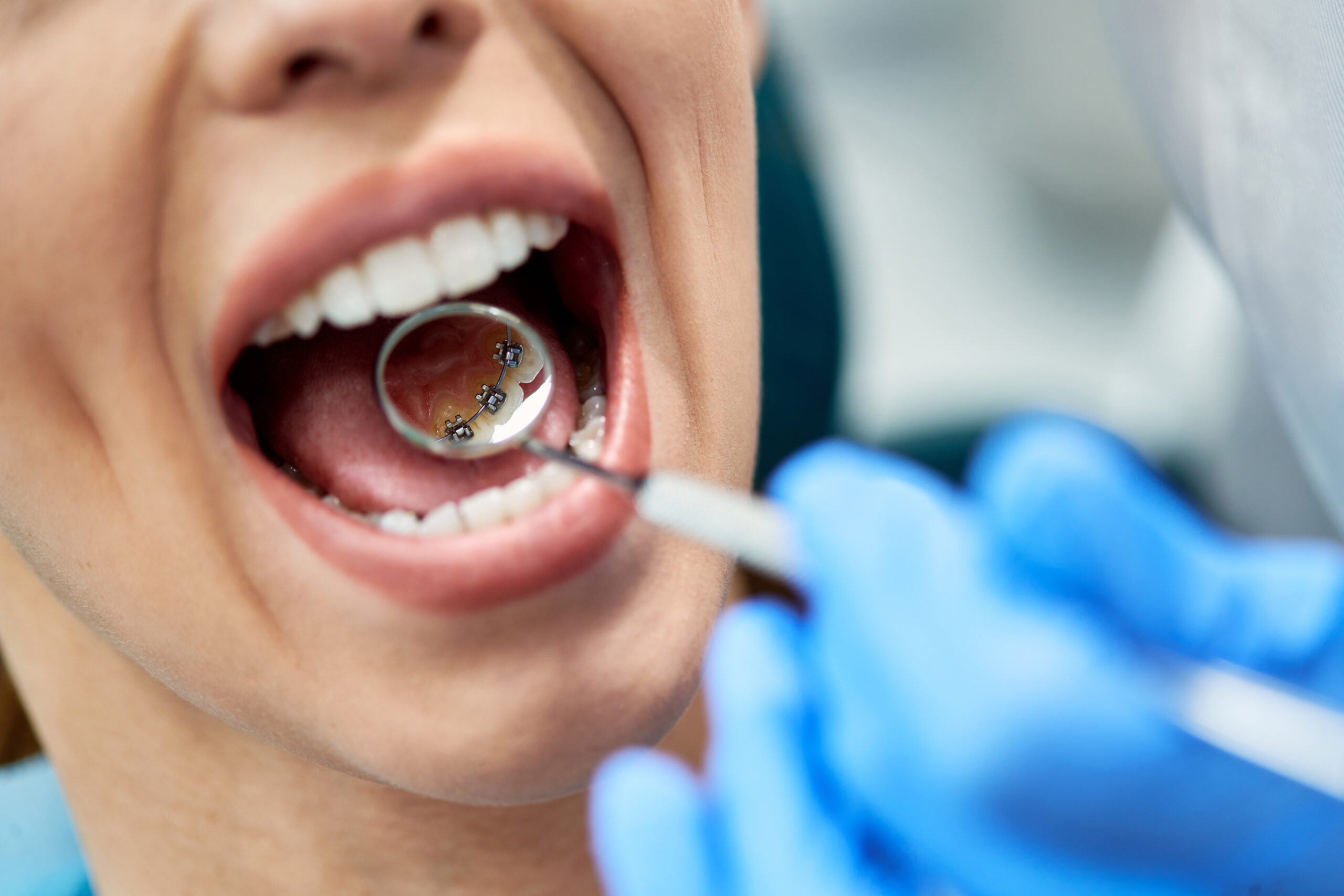The Single Strategy To Use For Legacy Orthodontics
The Single Strategy To Use For Legacy Orthodontics
Blog Article
The 9-Second Trick For Legacy Orthodontics
Table of ContentsThe Single Strategy To Use For Legacy OrthodonticsMore About Legacy OrthodonticsThe Ultimate Guide To Legacy OrthodonticsTop Guidelines Of Legacy OrthodonticsNot known Facts About Legacy Orthodontics
In addition, we use adjustable therapy routines, versatile payment choices and an enjoyable, satisfying experience.An orthodontist is a dental expert educated to detect, protect against, and deal with teeth and jaw irregularities. Orthodontists function with individuals of all ages, from kids to adults.
Malocclusion, or misaligned teeth, can bring about oral issues, including dental caries, gum tissue condition, and hard or unpleasant eating. Not everyone is born with straight teeth. If you have a bad bite or huge rooms in between your teeth, you might intend to seek advice from a dental professional specializing in orthodontic care.
The Buzz on Legacy Orthodontics
( Photo Credit Score: DigitalVision/Getty Images) Orthodontists utilize repaired and removable oral tools, like dental braces, retainers, and bands, to alter the position of teeth in your mouth. Orthodontic therapy is for dental abnormalities, including: Crooked teethBite troubles, like an overbite or an underbiteCrowded teeth or teeth that are as well far apartJaw misalignmentThe objective of orthodontic treatment is to improve your bite.
While you might think of orthodontists as mainly for children or teenagers who need dental braces, they can remedy oral issues at any age. Orthodontists participate in college, dental school, and orthodontic institution.
, but not all dentists are orthodontists. They focus on two locations: Exactly how to correctly and securely move teeth Just how to effectively assist development in the teeth, jaw, and faceOnce an orthodontist has finished training, they have the option to come to be board certified.
The smart Trick of Legacy Orthodontics That Nobody is Discussing
Imbalance, or malocclusion, is the most usual reason individuals see an orthodontist. It is hereditary and is the result of dimension distinctions between the top and reduced jaw or in between the jaw and teeth. Malocclusion results in tooth congestion, an askew jaw, or irregular bite patterns. Malocclusion is typically treated with: Your orthodontist affixes steel, ceramic, or plastic square bonds to your teeth.
If you have only minor malocclusion, you might have the ability to make use of clear dental braces, called aligners, as opposed to traditional braces (https://pagespeed.web.dev/analysis/https-www-legacyortho-com/fjbdpbv998?form_factor=mobile). Some individuals require a headwear to aid move teeth into line with stress from outside the mouth. After dental braces or aligners, you'll require to use a retainer. A retainer is a custom device that keeps your teeth in place.
They're most typically used on youngsters. They can create added area in the mouth without having to draw teeth. If you have a severe underbite or overbite, you could require orthognathic surgery (additionally called orthodontic surgical treatment) to extend or reduce your jaw. Orthodontists utilize wires, medical screws, or plates to sustain your jaw bone.
You may need to see an orthodontist if you have: Crowding or otherwise adequate area for every one of your teethOverbite, when your upper teeth come by your base teethUnderbite, when your base teeth are also much forwardSpacing or concerns with gapsCrossbite, which is when your upper teeth fit behind your bottom teeth when your mouth is closedOpen bite or a vertical void between your front bottom and upper teethMisplaced midline, when the center of your base and upper teeth do not line up Correcting a dental malocclusion can: Make attacking, chewing, and speaking easierImprove the balance of our face and your total appearanceEase discomfort from temporomandibular joint problemsDifferent your teeth and make them much easier to cleanse, assisting protect against dental caries or tooth cavities It's usually a dental expert that initially notices misaligned teeth throughout a regular test.
Legacy Orthodontics Fundamentals Explained

During your initial orthodontic assessment, you'll likely have: A dental examPhotos taken of your face and smileDental X-raysPanoramic (360 degree) X-rays of your face and headImpressions to develop molds of your teethThese tests will help your orthodontist know just how to wage your therapy. orthodontist. An orthodontist is a dental professional that's had training to treat your teeth and jaw
An orthodontist is concentrated on your bite, so something like a broken tooth would certainly be taken care of by a dentist. Orthodontists are concentrated on your bite, or the means your teeth fit together, and the straightness of your teeth.
Ever before asked yourself just how celebs constantly appear to have completely aligned teeth? The solution commonly exists in the experienced hands of an orthodontist. What specifically does an orthodontist do? Orthodontists are oral professionals that concentrate on remedying abnormalities in the teeth and jaws. Their expertise goes beyond simply developing a stunning smile; it expands to improving your total dental browse around these guys health and function.
The Main Principles Of Legacy Orthodontics

While dental braces are one of the most frequently recognized orthodontic therapy, orthodontists have a diverse toolkit at their disposal. The details approach picked relies on the intensity of the instance, the individual's age, and individual preferences. These reliable braces use a system of braces bound to the teeth and linked by wires.
Clear aligners, like Invisalign, are a popular option for patients seeking a more discreet therapy alternative. These detachable trays are customized to progressively shift the teeth's placement. Headgear may be used along with braces or aligners to apply additional targeted pressures, especially for dealing with jaw disparities. In situations of narrow jaws, palatal expanders can be made use of to develop space for correct tooth positioning.
Report this page